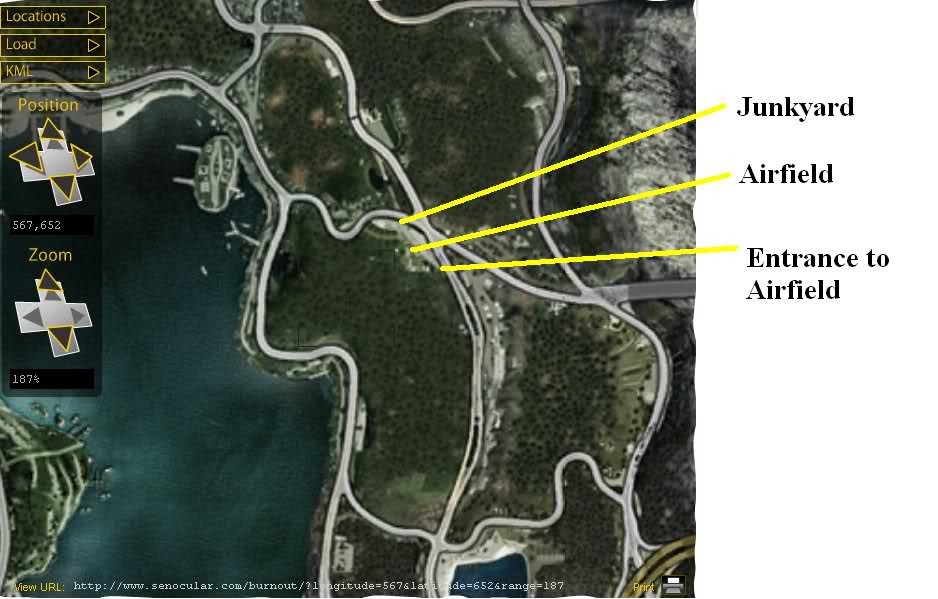

On the positive side, races are very free form and learning the city with its many hidden shortcuts puts you at an advantage. You start an event at any set of traffic lights on the map and finish at one of eight locations throughout the world.

There are no set tracks in Burnout Paradise. The downside of the open world formula is the way its design influences the events you’ll be competing in. Boosting around and scouring the world in your unbranded muscle car to find these collectibles is great fun. Collectibles littered throughout the world come in the form of discovering shortcuts, smashing billboards, completing stunt jumps and destroying rare cars to unlock them to use in events. In many ways this open-world formula works surprisingly well for the Burnout series.
#BURNOUT PARADISE GAME SPOT SERIES#
The series eventually followed the hottest trend in gaming at the time and moved to an open-world formula in 2008 with Burnout Paradise. With subsequent releases, white-knuckle racing and ridiculous wrecks became the game’s focal point. If you’re unfamiliar with the Burnout franchise, the series started out in 2001 as a modern-day arcade racer with a strong fetish for spectacular crashes. The gameplay remains completely untouched, which will come as a relief to returning fans but may put the spotlight on some out-dated mechanics for newcomers. After playing through the recently released Burnout Paradise Remastered, arguments from both sides carry some weight, but one thing everyone can agree on is that Burnout Paradise is still an undeniably fun game.īurnout Paradise Remastered does exactly what it says in the title: the last game in EA’s beloved car-crashing franchise has been brought back to life with a graphical overhaul and a tonne of DLC thrown in. Paradise fans will argue that an open-world is the perfect playground for Burnout’s unique brand of mayhem. Takedown fans will tell you that Paradise’s open-world design dilutes the Burnout experience. Them” debates, few can match the fervour of Burnout fans contesting the epitome of the series between Burnout 3: Takedown and Burnout Paradise.

That method of racing had all but been perfected, and Criterion was well within its rights to do what most other developers would have done, and run the series into the ground with yearly iterative sequels, each adding better versions of the crash-fueled mayhem.When it comes to gaming’s most ferocious “Us vs. Burnout 3: Takedown set a new standard for the arcade-racing genre, and Burnout Revenge upped the ante yet again with new features and improved visuals. And then Burnout Paradise came along, and, for lack of a better turn of phrase, went off the rails. While some would occasionally throw us a bone with an alternate path or a secret, these, too, were pre-planned, making the racing genre home to the fastest, most exciting on-rails games around. They would block off side roads with invisible walls and force us along predetermined paths, warning us when we drove the wrong way and punishing us for going off-road. They’d draw a line down a street and connect it to make a circle, putting some ribbons at the end to let us know we won.

For the past 30 years most racing games told us exactly where to go.


 0 kommentar(er)
0 kommentar(er)
